Het oude wijnerfgoed van het land
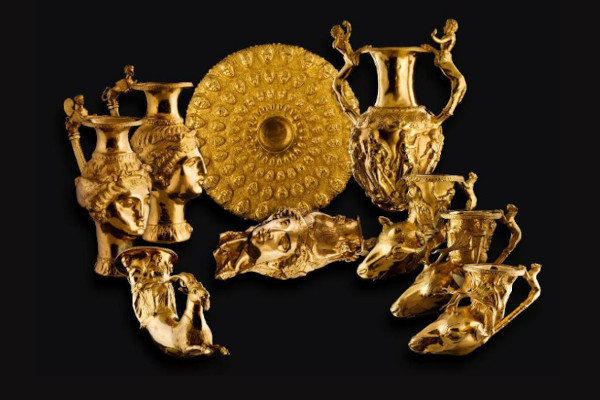
Thracian legacy
The art of winemaking in Bulgaria traces its roots back to 3000 BC. This enduring tradition, carefully preserved by the Bulgarians over the centuries, has transformed the Thrace region into one of the world's most prolific winemaking hubs.
3000 BC
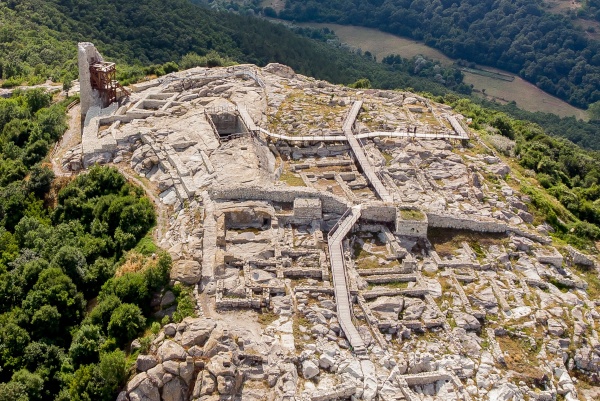
Romans influence
Viticulture thrived during the Roman era, notably under the rule of Marcus Aurelius. Pliny the Elder even chronicled the viticultural endeavors in Bulgaria. During the Middle Ages, in the Byzantine Empire, the Church became a central figure in viticulture.
AD 800
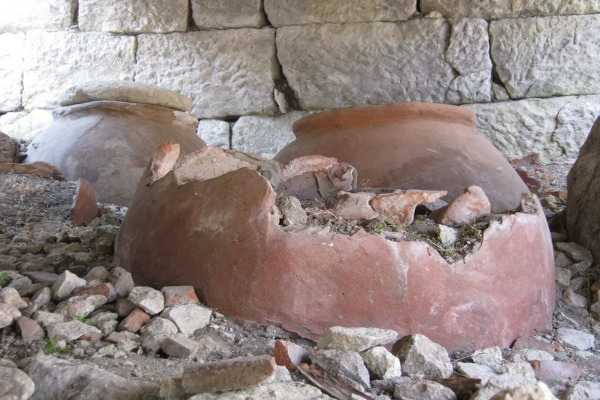
Post Ottoman revival
In the period of Ottoman rule (1396 to 1878), the wine sector was up against serious challenges.
The liberation from the Ottoman Empire marked the beginning of new wine era.
1878
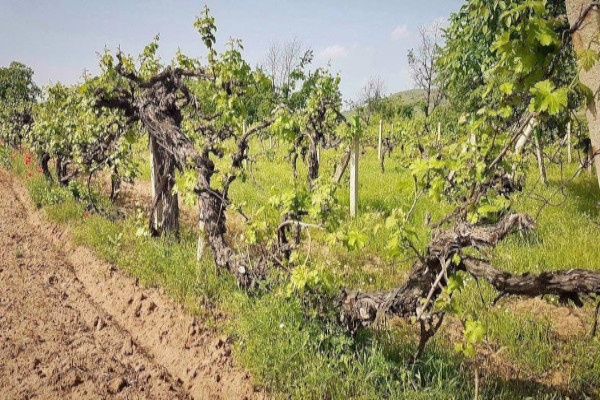
Production peak
Bulgaria, at its zenith, ranked as the world's fourth wine producer with 200,000 hectares under vineyards. This era saw the dominance of socialist wine-growing monopolies, aiming primarily at the markets of Russia and the eastern bloc. The statistics witnessed substantial industrial development, characterized by the cultivation of various grape crosses, primarily geared toward high-volume production. State-run enterprises and a surplus of bulk wine prevailed, owing to generous subsidies from the Bulgarian government. In the years following the collapse of the communist regime, the vineyards were returned to their original owners (circa 1999) and then sunk into oblivion.
1980
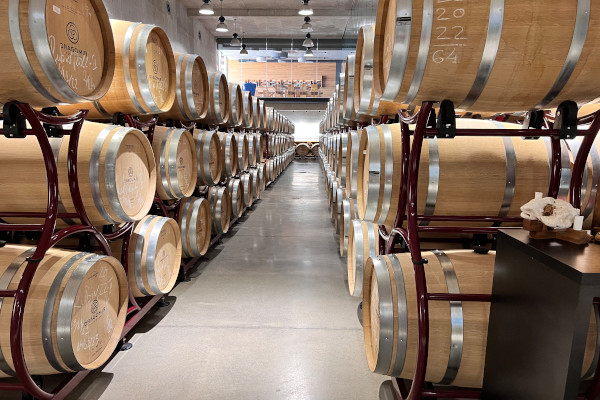
Transition and challenges
The industry faced a major upheaval - loss of established markets due to centrally imposed restrictions on the alcohol industry and the disintegration of the Soviet Union. The end of communist rule marked the commencement of land privatization, leading to stagnation and a decline in viticulture. The transition to private enterprises proved intricate, with a proliferation of small properties, as over 600 owners held just 300 hectares of land. The subsequent three decades have been marked by arduous efforts, but successful transition.
1989
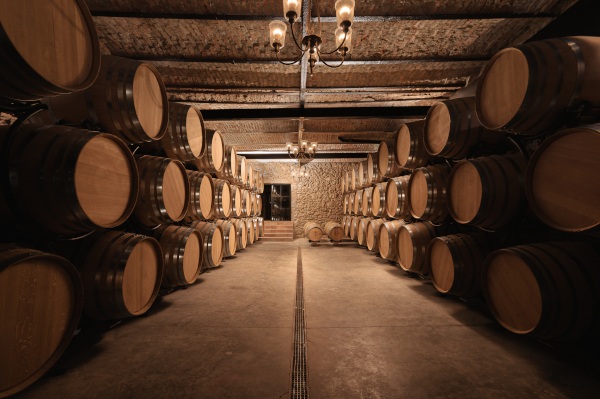
Renaissance
Bulgarian wine experienced a renaissance, emerging from obscurity with 61,169 hectares under vine. A new generation of winemakers emerged, driven by a passion for quality and a commitment to cultivating indigenous grape varieties. Predominantly composed of smaller independent wineries, this periode allowed for a multitude of experiments in blending and vinification techniques. Practices such as Petillant Naturel, orange wines, the use of stone egg-shaped fermentation tanks, and amphoras gained prominence. A national program aimed at revitalizing viticulture until 2025, coupled with an expansion of vineyards and a strong emphasis on quality, propelled this resurgence. Winemakers, while embracing modernity, have remained deeply rooted in our cherished traditions.
2007
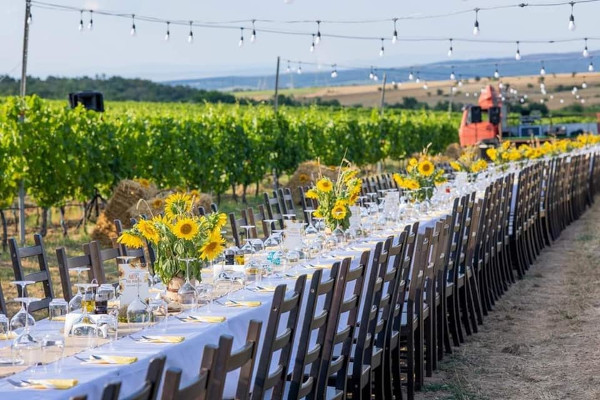
Accolades earned
The debate surrounding the significance of 'old vines' in winemaking persists. 'Old vines' (or 'vieilles vignes') carry a rich history that intertwines with the future of the region.
Within the European Union, Bulgaria boasts the highest proportion of vines over thirty years old, at 68.8%. Conversely, the proportion of vines under three years old is a mere 2%, falling below the EU average. As vines age, their vigor wanes, naturally resulting in reduced fruit production per vine. This 'lower yield' concentrates the flavors in the grapes, yielding wines of greater intensity. Furthermore, a vine's root system deepens and reaches valuable underground minerals, endowing the wine with an elusive quality—an extra layer of complexity known as ``je ne sais quoi.`` The phrase is a French expression meaning ``I don't know what`` and is used to describe something that has a unique, exceptional quality that is hard to define with words.